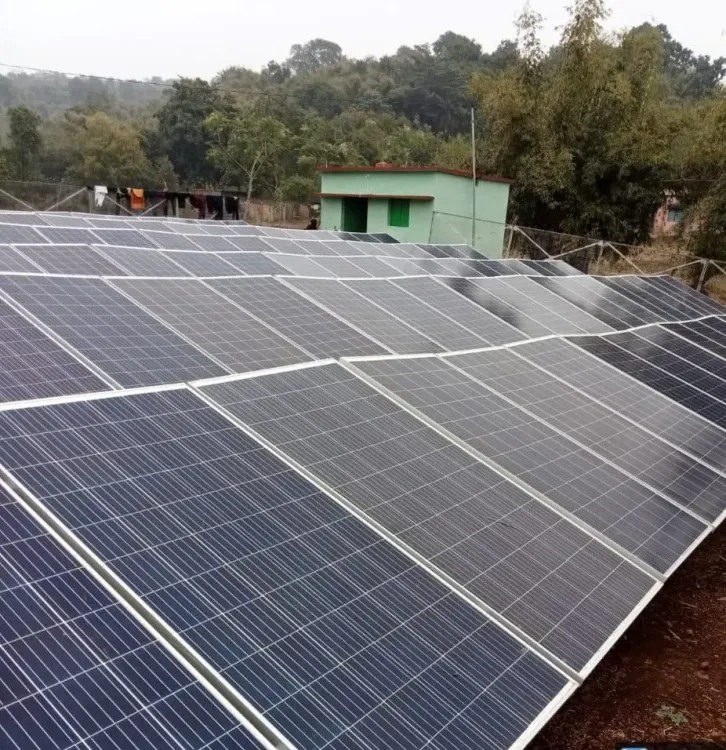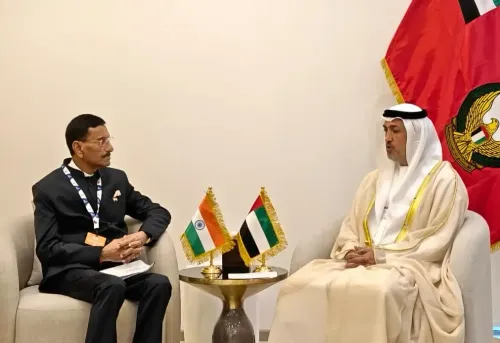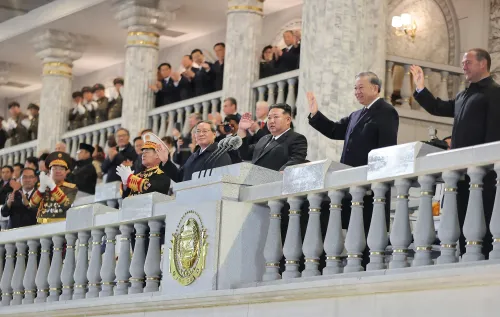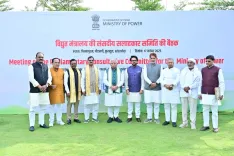Is Pakistan's Power Sector in Crisis Due to Rooftop Solar Adoption?

Synopsis
Key Takeaways
- Rooftop solar energy adoption is increasing in Pakistan.
- The government faces a financial crisis due to falling energy sales.
- Pakistan's power sector is burdened with significant debt.
- Lawmakers are considering reforms to address this crisis.
- CPEC has not delivered the promised economic benefits.
New Delhi, Oct 3 (NationPress) As more households in Pakistan transition to rooftop solar energy to escape soaring electricity costs from the official grid, the financially troubled government is grappling with the challenge of settling its energy debts amid falling sales.
The government purchases electricity from power plants and sells it to consumers, using the revenues to repay creditors such as China. However, this has long been a loss-making endeavor, and as families and businesses increasingly turn to generate their own clean energy, revenue collections are dwindling, as reported by Bloomberg.
The International Monetary Fund has urged the Pakistan government to retain power customers to ensure the sustainability of the energy sector.
In response, lawmakers are considering unpopular reforms to address this trend. Purchases of solar panels are now subjected to import tariffs, which previously went unnoticed for months. The initial proposal included an 18 percent tax, which was subsequently reduced by half due to public outcry, according to the report.
Imports of solar panels and batteries from China are surging. Pakistan has imported solar panels worth $1.5 billion this year, making it the third-largest importer in the world, as reported by Bloomberg NEF. Analysts estimate that the country has installed 25 gigawatts of solar panels without government support, providing a substantial boost to its modest grid capacity of 50 gigawatts.
The government aims to enhance the utilization of coal power plants or consider their retirement and repurposing. This month, the nation signed its largest-ever restructuring deal, opening new loans with 18 banks, totaling 1.2 trillion rupees (approximately $4.2 billion) in power sector debt, as per the report.
Muhammad Ali, a member of the PM's task force on energy and the country's privatization minister, stated: “Unless we revise our solar policy, this exodus from the grid will persist. This will put additional strain on Pakistan's energy system, which is already facing an oversupply, and the government must foster new demand.”
The China-Pakistan Economic Corridor (CPEC), initially perceived as an economic game-changer for Islamabad, has instead become a costly endeavor, failing to meet its targets and ensnaring Pakistan in a $9.5 billion debt trap. The escalating debt within the power sector has exacerbated the issue of defaulting on loan repayments.
While CPEC was intended to provide essential economic momentum to Pakistan, it quickly encountered numerous challenges, resulting in limited tangible outcomes. The delays in energy and infrastructure projects, cost overruns, and allegations of non-transparent contracts have jeopardized the initiative's viability.
At present, Pakistan's liabilities exceed $7.5 billion for establishing power plants, in addition to nearly $2 billion owed to Chinese energy producers due to circular debt or unpaid bills.
Delays in CPEC 2.0 have hindered Pakistan's ability to establish the industrial foundation necessary for transitioning to an export-driven economy and repaying its debts. Consequently, the country has been compelled to secure additional loans to fulfill previous obligations, leading to a prolonged debt crisis.









